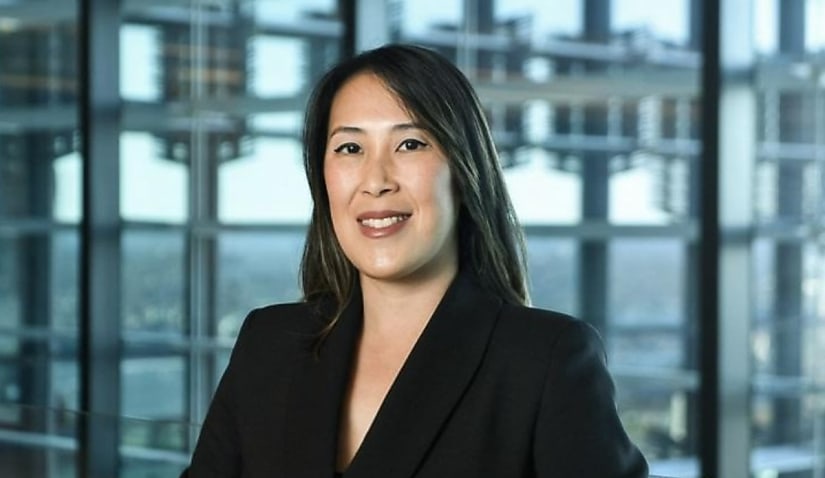Powered by MOMENTUM MEDIA
A learning leader at Gilbert + Tobin has given insight into the formulation of effective learning and development (L&D) programs, considering the backdrop of current challenges facing organisations.

Gilbert + Tobin’s head of capability development and change Andrea Tham recently spoke on The HR Leader podcast about her experiences in creating L&D programs in engaging and effective ways and targeting the key issue concerning employers about the retention and development of staff.
According to the 2020 World Economic Forum Future of Jobs report by Forbes, half of employees around the world will need reskilling by 2025.
The report responds to changes in the work environment that see computers take over more routine cognitive jobs, a phenomenon commonly known as the “automation revolution”.
Predictions state that new jobs will demand high levels of expertise and ingenuity.
The report suggests that if the current pace of workforce upskilling doesn’t increase, it could take decades for today’s employees to be ready for the future of work.
Ms Tham referred to a recent McKinsey report, which said the pandemic had pushed companies and consumers to rapidly adopt new behaviours that are likely to stick around.
Changes include things like remote work and meetings, e-commerce, automation, and AI, noted Ms Tham.
She also referred to “the Great Resignation”, which has seen companies face a significant exodus and changeover of employees, who are possibly feeling exhausted, overwhelmed, and rethinking what work means for them.
The need for effective L&D comes as a response to current trends and predictions. Ms Tham noted how L&D had taken a new precedence for businesses — after spending years in the background, it is now in the spotlight.
“Amid this massive transformation, L&D has a new mandate to really lead the way,” she said.
“If I was to take a step back and get behind the hype, it really is about how living and working through the pandemic and subsequent economic and social changes have prompted individuals to prioritise flexibility and individual fulfilment.
“And they’re looking for organisations who are able to meet those needs and understand how human behaviour and the nature of work has changed.
“Organisations are always re-examining [L&D] strategies, the value, the culture, and now, increasingly, it’s being steered by these new demands from employees.
“Learning is fundamentally about structuring in best-fit processes and procedures to enable an organisation’s biggest investment — people.”
Delivering effective L&D is “a lot about understanding human behaviour within the constructs of an organisation”, Ms Tham emphasised the need to take a humanistic approach.
“I’m really starting to think about employees and where they’re actually pointing, what are they asking for?
“How do you put the individual at the centre and the heart of what you are fundamentally trying to do? That is essentially the way I think about learning and the framework for implementing learning,” she said.
“I truly feel that companies that can create tailored, authentic experiences to strengthen the employee’s purpose, listen to what they’re asking for, and ignite their energy and culture, will be able to create change and elevate organisational-wide performance.
“There’s lots of great ideas around how we can utilise technology, social media, et cetera, to make learning more agile, on demand, personalised, digital,” she said.
Ms Tham emphasised her strategy of continually referring back to the concept of human behaviour.
It’s about “stepping back and really taking an opportunity to understand what your people are saying, and observing what they do or don’t do in the constructs of your organisation”, she said.
Ms Tham said she has started to pick up parallels between her passion for food and her passion for learning, which led her to ask fundamental questions about how L&D should be created.
“What makes us like something, and not like something? What drives the trends around food and what’s popular?
“And food, like learning, can be an individual or a communal experience. And you could be the learner at the end of the experience, or you could be the one providing learning to someone else.”
All of this is about creating engagement, which is “the secret sauce in what individuals take away from it that makes the experience really memorable”.
“It’s really about how do I make this learning experience so memorable for somebody that it’s fulfilling for me as a learning leader, but also fulfilling for them to be at the receiving end,” she said.
She split the L&D creation process into four parts:
“There are these great ideas, some organisations have even implemented to some extent — we’re hearing that organisations want this new perspective, but they’re not ready to move,” she said.
Ms Tham reflected on the learning experiences that have stood out for her personally.
She noted that special L&D experiences were ones that gave her access to people she normally wouldn’t have access to, whilst being delivered in an easily digestible way, and where she was able to utilise it in her own time and space.
We're evolving — and so should your insights. Heads up — Lawyers Weekly is going premium from 1 May for just $5 a month. Stay informed without missing a beat. More information coming soon.